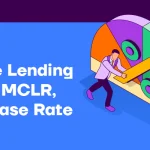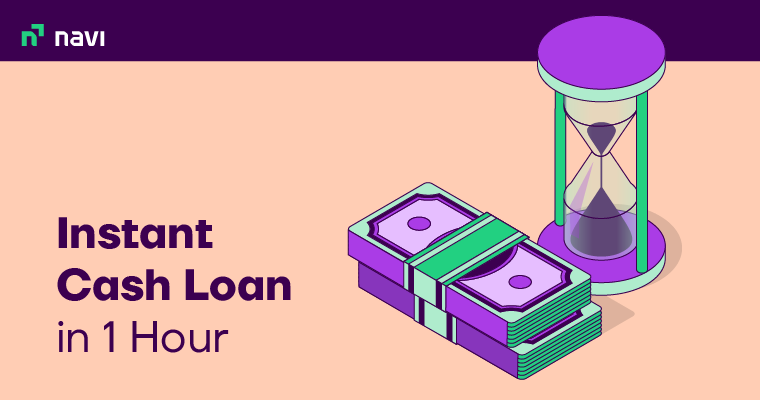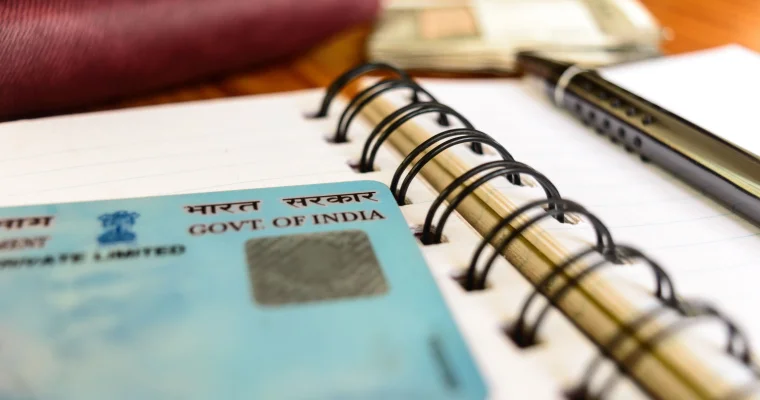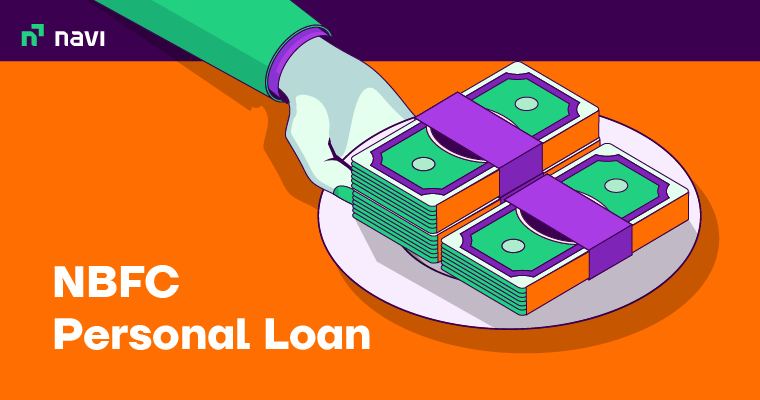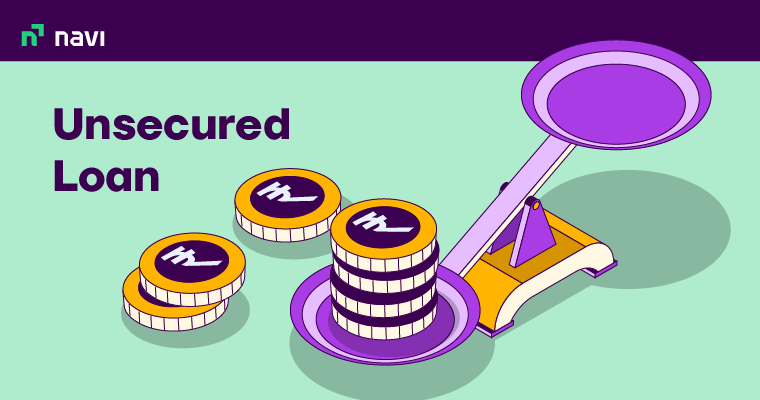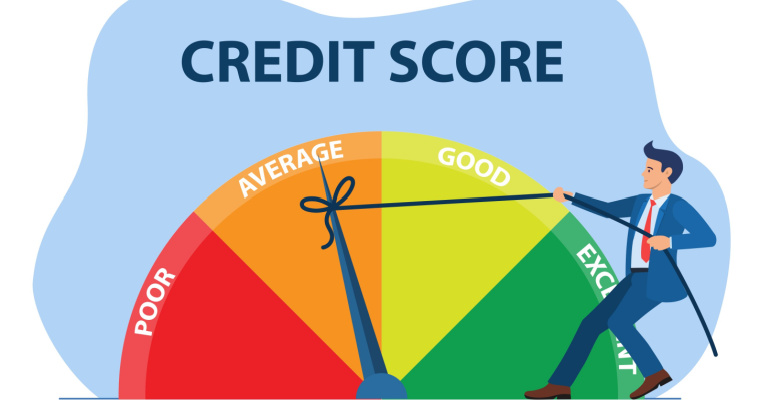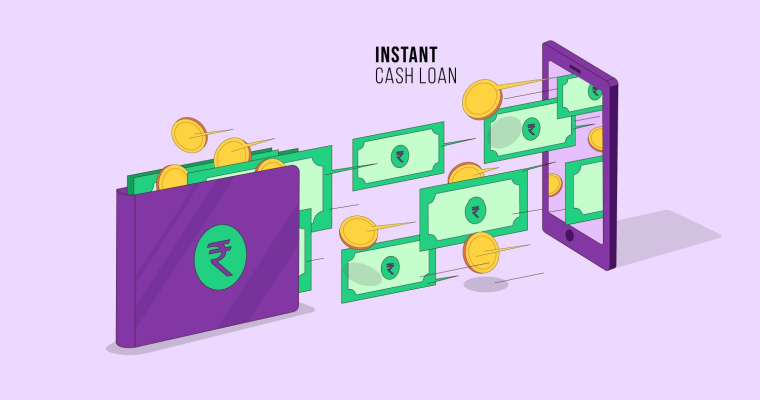Prime Lending Rate and How Does it Impact You
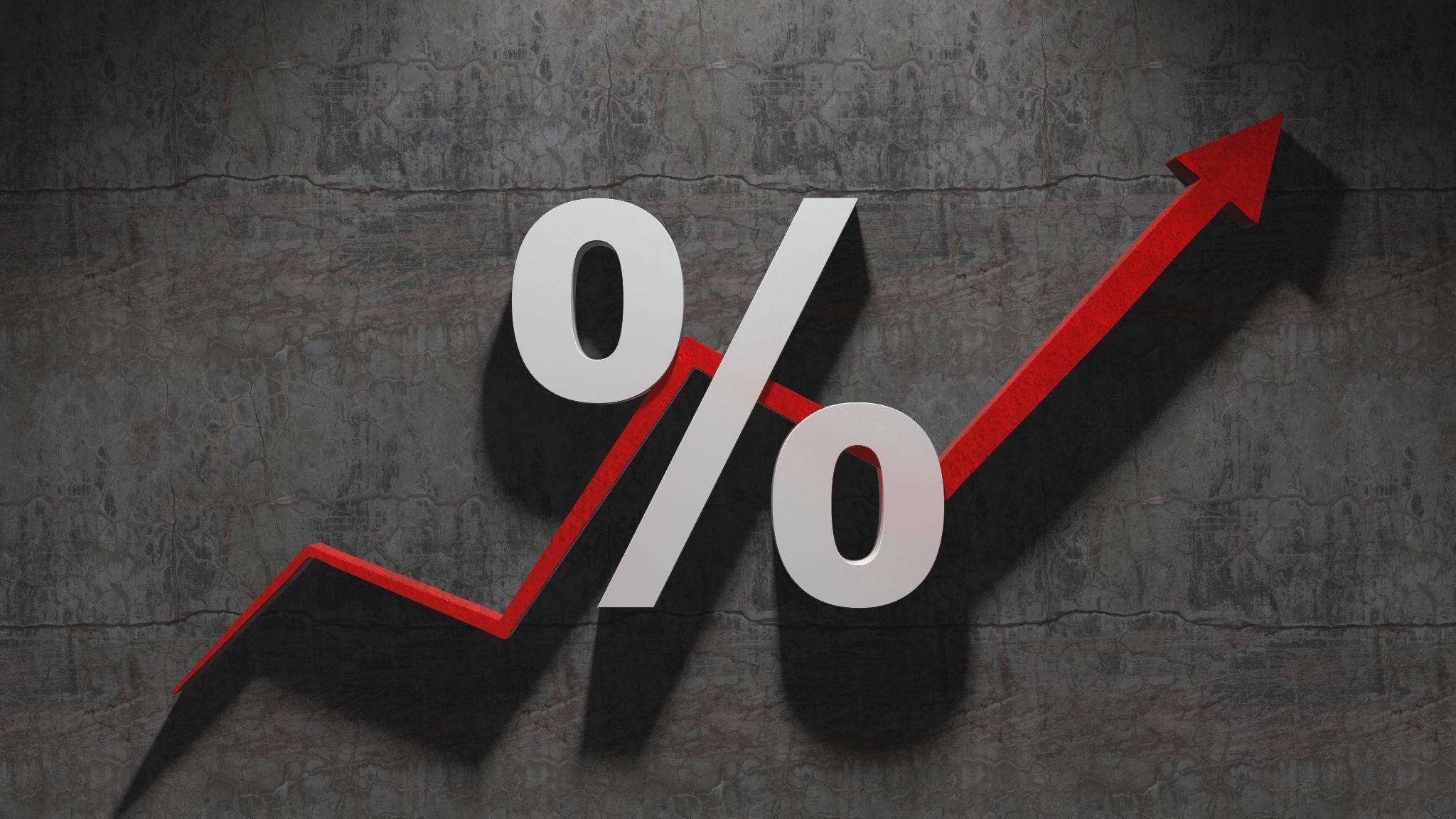
The prime rate or prime lending rate is the interest rate at which the commercial banks give out loans and other financial products to their customers with a high credit rating. On 9th April 2010, the Reserve Bank of India (RBI) introduced the Base Rate system, which was effective from 1st July 2010. According to this new system, banks cannot lend below the base rate set by the RBI.
If you’re looking for a personal loan or home loan, understanding the prime rate and how it works will help you determine how much you’ll pay in interest to the lender. This blog helps you understand what the prime rate is, the current prime lending rate, how it affects you and more. Read on!
What is Prime Rate or Prime Lending Rate?
The Prime Lending Rate (PLR) or Prime Rate is an internal reference rate set by banks, financial, and lending institutions to determine interest rates on floating-rate loans. It is very similar to any other interest rate; it compensates lenders for the risk they take when lending to customers. In setting the prime rate, banks and financial institutions take into account the fluctuations and volatility in the economy and the markets.
It is important to note here that the prime lending rate is generally lower than the interest rate charged to other borrowers, who might carry with them a higher possibility of defaulting on the loans.
The costs of funds, operating expenditures and a minimum margin to fulfil requirements of capital charge are some of the important parameters that help in determining the prime lending rate. However, while the prime rate does not directly affect the majority of consumers, it serves as the baseline for many customers and small business loans.
As of July 1 2010, the Base Rate scheme replaced the Benchmark Prime Lending Rate. The Base Rate encompasses all aspects of the loan rate that are shared by all types of borrowers. Banks are permitted to calculate their real lending rates on loans and advances using the Base Rate and any other customer-specific charges deemed suitable.
All loan categories are required to be priced solely in terms of the Base Rate. The Base Rate scheme applies to all new loans as well as existing loans that are up for renewal. Since the Base Rate is the minimum rate for all loans, banks are not permitted to lend at rates lower than the Base Rate.
What is the Current Prime Lending Rate?
The base rate is 8.80% per annum as of July 2022.
The interest rate on loans linked to the prime rate is subject to fluctuation based on changes in the Base Rate. The margin between your variable rate of interest and the base rate will be determined by factors such as your credit rating, the quality of the collateral, the industry risk profile, the tenure, account behaviour, basis risk, and so on.
Impact of Creditworthiness on Prime Lending Rate
Banks and lending institutions perceive creditworthy customers to have a low risk of defaulting. The actual loan cost is determined by your creditworthiness and the credit risk premium. All commercial banks in India are permitted to set their own base rates in accordance with the RBI’s norms and regulations.
If you have a stellar credit profile, a history of repaying your debts in time, and overall have exhibited healthy credit behaviour in the past, you can be considered a creditworthy borrower by lending institutions. This can lead to better loan terms and most importantly, a lower prime lending rate.
Also Read
History of Prime Lending Rate
Benchmark prime lending rate (historical data)
| Effective from Date | Interest Rate (%) |
| 15.06.2022 | 12.75 |
| 15.03.2022 | 12.30 |
| 15.12.2021 | 12.30 |
| 15.09.2021 | 12.20 |
| 15.06.2021 | 12.25 |
| 10.03.2021 | 12.15 |
| 10.12.2020 | 12.05 |
| 10.09.2020 | 12.15 |
| 10.06.2020 | 12.15 |
| 10.03.2020 | 12.90 |
| 16.12.2019 | 13.20 |
Difference Between Prime Lending Rate and Variable Interest Rates
If you have debt with a variable interest rate, the prime rate is particularly crucial because the bank can adjust your rate. This affects the interest rate on credit cards, variable-rate mortgages, home loans, personal loans, etc. If the prime rate rises, the bank may charge you a higher interest rate, increasing your monthly payment on the variable debt.
How Does the Prime Lending Rate Affect You?
Only the most creditworthy corporations with excellent credit scores are eligible for the prime lending rate. Changes in the prime rate that occur over time may have an impact on regular borrowers. The prime lending rate influences interest rates offered to individuals on personal loans, small business loans, credit cards, home loans, etc. and is also determined by banks in consideration of the borrower’s credit history.
A rise in the prime rate may not have an immediate impact on you. However, the prime rate does, over time, push interest rates in the same way. By keeping an eye on prime rate trends, you may anticipate how much it will cost to borrow and plan accordingly.
Final Word
In general, the prime rate or prime lending rate is reserved for the most creditworthy customers—those with the lowest default risk. The interest rate that a bank charges a borrower is mostly determined by default risk. Because a bank’s best customers have a low risk of default, the bank can charge them a lower interest rate than a customer who has a higher risk of defaulting on a loan.
Are you looking for an instant cash loan? Navi Cash Loan is here for you! It’s hassle free with 100% paperless process, affordable rates, zero processing fees and more.
FAQs
Ans: In the fiscal year 2003-04, the Reserve Bank of India (RBI) established the Benchmark Prime Lending Rate. The prime lending rate (PLR) is the interest rate at which commercial banks lend to the most reliable and creditworthy borrowers.
Ans: The repo rate was employed by the RBI to manage inflation. The PLR (Prime Lending Rate), on the other hand, is the interest rate charged by banks on loans taken out by their customers. Banks have the freedom to set their PLR. The interest rate is critical since it determines the cost of the loan.
Ans: The lending rate is the interest quotient levied by lenders or financial institutions for a specific period expressed as a certain percentage of the amount lent or deposited. The total amount of interest or principal is decided by the length of time that the amount is deposited or lent.
Ans: The prime rate is used to set interest rates on financial services such as credit cards, loans, personal loans, and house loans. Lenders use the prime rate to determine what interest rates to charge consumers.

Customer’s Feedback
No comments found.Axis Bank Personal Loan Interest Rates April 2023
Axis Bank Personal Loan interest rates are currently starting at 10.49% p.a. for loans of ₹25,000... Read More »No Credit Check Loans in India
What is No Credit Check Loan? A ‘no credit check loan’, as the name suggests, does not... Read More »Instant Cash Loan in 1 Hour Without Documents
Instant Cash Loan in 1 Hour Are you in any emergency cash crisis and in need of an instant cash ... Read More »Personal Loan on PAN Card – Check Your Eligibility & Apply Now!
Do you need urgent cash to pay for an unexpected expense, a pending bill, or a medical emergency? A... Read More »What are Short Term Loans? – Key Features and Benefits
Short Term Loan A short term loan provides urgent assistance for an individual’s financial req... Read More »Interest Rate on NBFC Personal Loan
NBFC Personal Loan Non-Banking Financial Companies (NBFCs) are becoming increasingly popul... Read More »How to Apply for a Pre Approved Personal Loan?
Pre Approved Personal Loan Pre-approved loans are instant personal loans that are offered by ban... Read More »Personal Loan Disbursal Process
A personal loan is an unsecured loan which you can avail to deal with any type of financial emergen... Read More »Unsecured Loan – Types, Benefits, Interest Rate & Eligibility
What is an Unsecured Loan? An unsecured loan is a type of loan that doesn't require any collater... Read More »Small Cash Loan on Aadhaar Card without PAN Card
Small cash loans are type of personal loans offered by banks and NBFCs to meet short-term financial... Read More »Personal Loan for Low CIBIL Score Applicants – Eligibility Criteria and How to Apply
Overview - Personal Loan With Low CIBIL Score Be it for a medical emergency, a sudden business o... Read More »What is a Fast Loan – Features, Interest Rates and How to Apply Online?
What is a Fast Loan? A fast loan is an instant personal loan that allows you to borrow money wit... Read More »Top 10 Chit Fund Schemes in India in 2023
Chit funds are one of the most popular return-generating saving schemes in India. It is a financial... Read More »10 Best Gold ETFs in India to Invest in April 2023
Gold ETFs or Gold Exchange Traded Funds are passively managed funds that track the price of physica... Read More »10 Best Demat Accounts in India for Beginners in 2023
Creation of Demat accounts revolutionised the way trades were conducted at the stock exchanges. It... Read More »20 Best Index Funds to Invest in India in April 2023
What is an Index Fund? An index fund is a type of mutual fund or exchange-traded fund (ETF) that... Read More »Best Arbitrage Mutual Funds to Invest in India in April 2023
Arbitrage funds are hybrid mutual fund schemes that aim to make low-risk profits by buying and sell... Read More »10 Best SIP Plans in India to Invest in April 2023
What is SIP? SIP or Systematic Investment Plan is a method of investing a fixed amount in ... Read More »10 Best Corporate Bond Funds in India to Invest in April 2023
Corporate bond funds are debt funds that invest at least 80% of the investment corpus in companies ... Read More »10 Best Bank for Savings Account in India [Highest Interest Rate 2023]
Savings account is a type of financial instrument offered by several banks. It lets you safely depo... Read More »
